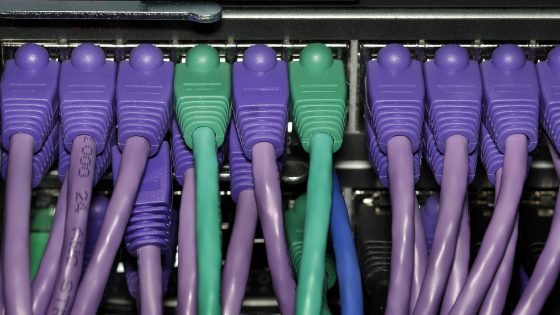Network running slow?
Fact, your network performance will deteriorate over time! Application changes, device upgrades, customer demand, will all affect your network and its performance over time. To maintain an efficient, high-performing network it needs oversight and maintenance – this includes diagnosis of network slowdowns, improving network performance and creating optimal network configurations to ensure your business keeps running smoothly.
If you have noticed your network struggling to cope with the load we’ve got a few tips for you to consider before simply throwing money at a network upgrade that may, or may not work.
1) Make sure your network is actually at fault! This can be a common error when diagnosing a slow network, sometimes it’s not the network, it’s slow computers. You need to ensure that the sluggish performance you are experiencing is more than just a localised issue before looking at a network infrastructure upgrade.
2) Viruses and system defects can also be the cause of a network slowdown, malware specifically is known for slowing down or inhibiting networks and workflows. If you think you may have a virus it is essential that you speak to an IT specialist immediately to run checks on your systems.
Make sure you also take the time to look at your systems, network components, like everything, grow old and defective and whilst none of us like the cost of replacing these components it can be significantly less expensive than an entire network upgrade.
3) Whilst we are on the topic of replacing components it’s important that you upgrade your software and hardware. Technology advances are rapid and quite often our hardware can’t keep up with software upgrades. You more than likely have new programs running on old machines or new machines running old programs, either way, your machines are going to be pretty unhappy with this situation! Make sure you upgrade your hardware or software to ensure compatibility with current technologies
4) Sometimes network slowdowns are due to guest behaviours, if you frequently have a large number of guests visiting your premises, who need to access the internet, it would be a good idea to offer them a guest network to log in to rather than running off the main network and inadvertently slowing down your operation.
5) As well as guests using your network staff too can be responsible for a network slowdown too. The majority of workers will take their breaks at their desks and maybe do a bit of online shopping, log in to Netflix to watch an episode of their favourite series or have a quick gaming session before getting back down to work. Like most of us, they probably have absolutely no idea of the resources they are draining, by communicating the issues you are experiencing with your network to your staff it may make them reconsider how they spend their lunch breaks – we’d highly recommend going for a walk and getting some fresh air to recharge!
It could also be that you need to educate your staff on appropriate file-sharing practices, instead of emailing large files to multiple contacts a better solution would be to use a cloud shared file. take some time to educate employees on best practices that will ultimately aid your network system.
6) Have you heard of VLANs (Virtual Local Area Networks)? These are an excellent way to partition off-network resources, making sure your most critical traffic will be received as the highest priority. VLANs work almost like a completely separate network, without having to rewire the whole office. They are ideal as you can group VLANs based on computer use and function, even if they’re in separate parts of the office.
They can also improve security as they segment your systems from each other, meaning, if one part of your network becomes compromised, the VLAN can act as a barrier protecting and keeping other parts of your network safe.
7) The dreaded bottleneck can be a major problem for network slowdowns so you need to make sure you identify where, if any, the bottleneck is occurring. System backups are responsible for absorbing a large number of resources it is best to run any backups at night when employees are out of the office. Sometimes, this doesn’t always go to plan and backups continue to run through the next working day, making life very difficult and slow for all.
Remote Monitoring and Maintenance (RMM) services can spot these sources of congestion, allowing IT staff to devise more effective workarounds.
If all of the above fails to improve your network performance it’s time to bite the bullet and upgrade your network – safe in the knowledge that you have tried to diagnose solutions to guarantee peak performance.
At JC Designs we offer a free network assessment for all new customers so we can create a solution that best fits your business needs. If you are struggling with network problems, contact us today.




